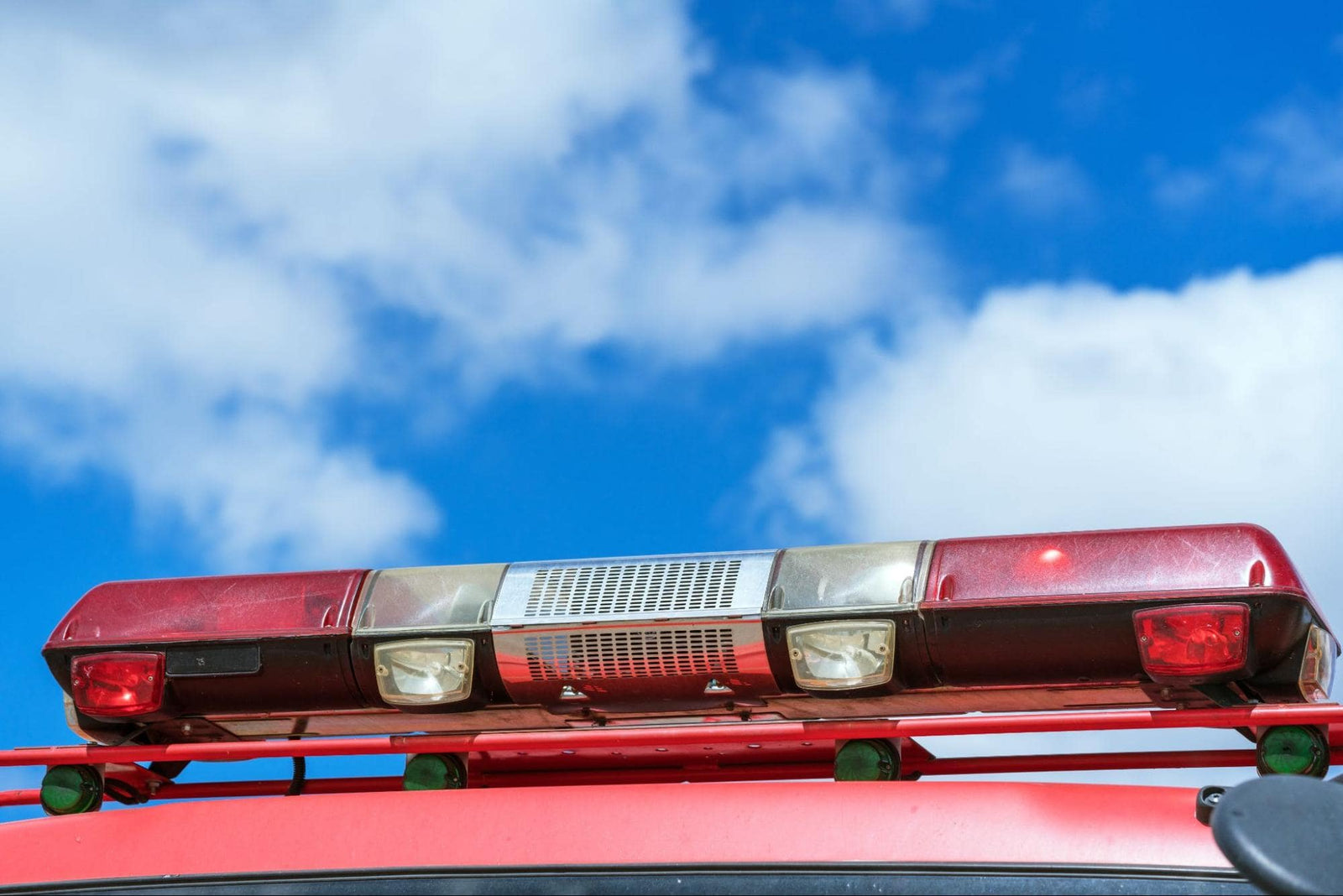Selecting the most appropriate vehicle light bars for your station's fire trucks is a critical task that directly impacts the safety and effectiveness of your operations. The right light bar can enhance visibility, improve communication on the road, and ultimately contribute to faster (and safer) emergency responses. That’s why we’ve put together a guide that will walk you through the key factors to consider when choosing vehicle light bars, ensuring that your selection meets your department's specific needs and complies with relevant regulations.
Understanding the Importance of Vehicle Light Bars
Before delving into the selection process, it's crucial to understand why vehicle light bars are so important for fire trucks. Light bars serve multiple purposes:
- Emergency Signaling. They alert other motorists and pedestrians to the presence of an emergency vehicle, helping to clear the way for faster response times.
- Scene Illumination. Many modern light bars include flood lighting capabilities, which can be crucial for nighttime operations or in low-visibility conditions.
- Operational Communication. Different light patterns can communicate various messages to other emergency responders on the scene.
- Department Identity. The style and configuration of your light bars can help identify your vehicles as belonging to your specific department.
Given these critical functions, selecting the right vehicle light bars is not a decision to be taken lightly. Let's explore the key factors you should consider in your selection process.
Key Factors in Selecting Vehicle Light Bars
Brightness and Visibility
The primary function of a light bar is to be seen, so brightness is a crucial factor. However, brighter isn't always better — there's a balance to be struck between visibility and avoiding glare that could temporarily blind other motorists.
When evaluating brightness:
- Look for light bars with high-quality LEDs that provide intense light output.
- Consider the luminous intensity, measured in candela, which indicates how bright the light will appear from a distance.
- Evaluate the effective range of the light bar - how far away can it be clearly seen?
- Check if the light bar offers different intensity settings for day and night operations.
Remember, the goal is to be clearly visible without causing unnecessary discomfort or danger to others on the road.
Durability and Weather Resistance
Fire trucks operate in all types of weather conditions and challenging environments. Your chosen light bars need to be able to withstand these conditions without failure. Consider the following:
- Look for light bars with high IP (Ingress Protection) ratings. An IP67 or IP68 rating indicates excellent protection against dust and water ingress.
- Check the operating temperature range of the light bar. It should be able to function in both extreme cold and heat.
- Evaluate the construction materials. Polycarbonate lenses and aluminum housings often offer a good balance of durability and lightweight.
- Consider the vibration resistance of the light bar. Fire trucks can generate significant vibration, especially when operating pump systems.
Customization and Flexibility
Every fire department has unique needs, and your light bars should be adaptable to meet those needs. Look for light bars that offer:
- Multiple flash patterns. A variety of flash patterns allows you to customize your warning signals for different situations.
- Color options. While red and white are standard, some departments also use blue or amber lights. Ensure your chosen light bar can accommodate your color requirements.
- Modular design. Some light bars allow you to replace individual modules, making repairs and upgrades easier and more cost-effective.
- Programmable features. Advanced light bars often offer programmable features, allowing you to create custom light sequences or sync multiple vehicles.
Size and Profile
The size and profile of your light bar can affect both its visibility and the aerodynamics of your fire truck. Consider:
- The width of the light bar. It should provide ample coverage without extending beyond the width of your vehicle.
- Low-profile vs. full-size light bars. Low-profile bars may improve aerodynamics and fuel efficiency, but full-size bars often provide more powerful illumination.
- The curvature of the light bar. Some bars are designed with a slight curve to better fit the roofline of modern fire trucks.
Power Consumption and Compatibility
Your light bar needs to integrate seamlessly with your fire truck's electrical system:
- Check the power draw of the light bar and ensure your vehicle's alternator and battery system can support it, along with all other electrical equipment.
- Look for light bars with efficient LED technology to minimize power consumption.
- Ensure the light bar is compatible with your vehicle's control systems.
Compliance with Regulations
Compliance with relevant regulations is non-negotiable. Your chosen light bars must meet:
- NFPA 1901 standards for automotive fire apparatus
- SAE J595 and SAE J845 standards for optical warning devices
- Local and state regulations regarding emergency vehicle lighting
Always verify that the light bars you're considering are certified to meet these standards.
Additional Features
Modern vehicle light bars often come with additional features that can enhance their functionality:
- Built-in takedown and alley lights for enhanced scene lighting
- Integrated traffic advisors for improved traffic control at incident scenes
- Cruise lights for improved visibility during non-emergency driving
- Automatic dimming features for nighttime operations
Consider which of these features would be most beneficial for your department's operations.

The Selection Process
Now that we've covered the key factors to consider, let's outline a process for selecting your vehicle light bars:
- Assess Your Needs. Start by clearly defining your department's specific requirements. Consider the types of incidents you respond to, the environments you operate in, and any unique challenges your department faces.
- Research Options. Look into different light bar models from reputable manufacturers. Read product specifications carefully and compare them against your defined needs.
- Check Compliance. Verify that any light bars you're considering meet all relevant regulations and standards.
- Seek Recommendations. Reach out to other fire departments to learn about their experiences with different light bars. Their real-world insights can be invaluable.
- Request Demonstrations. Many manufacturers or distributors will be happy to provide video demonstrations (or maybe even in-person demonstrations). This can give you a much better sense of their performance than specifications alone.
- Consider Total Cost of Ownership. Look beyond the initial purchase price. Consider factors like energy efficiency, durability, warranty coverage, and ease of maintenance when evaluating the long-term cost of different options.
- Plan for Installation. Determine whether you'll need professional installation or if your department can handle it in-house. Factor this into your decision-making process.
Ultra Bright Lightz: Your Partner For Vehicle Light Bars
Selecting the right vehicle light bars for your fire trucks is a crucial decision that can significantly impact the safety and effectiveness of your firefighting operations. By carefully considering factors such as brightness, durability, customization options, and regulatory compliance, you can choose light bars that perfectly meet your department's needs.
Remember, the goal is not just to meet minimum standards, but to equip your fire trucks with the best possible tools for emergency response. High-quality vehicle light bars from reputable manufacturers like Ultra Bright Lightz can provide the visibility, reliability, and functionality your department needs to operate safely and effectively in all conditions.
Take the time to thoroughly evaluate your options, involve key stakeholders in the decision-making process, and don't hesitate to seek expert advice. With the right approach, you can select vehicle light bars that will serve your department well for years to come, enhancing your ability to protect and serve your community.


